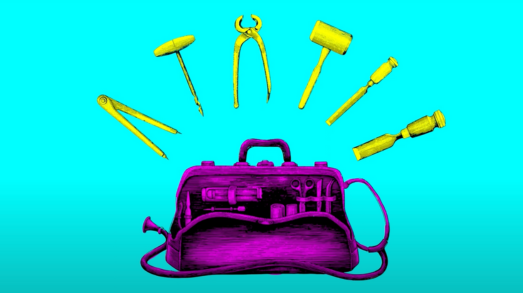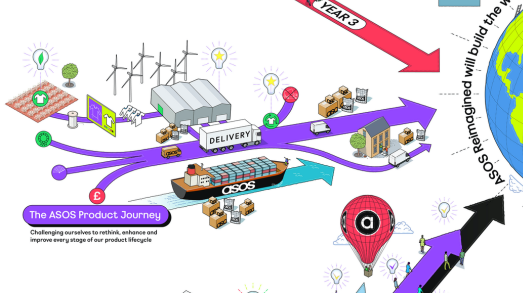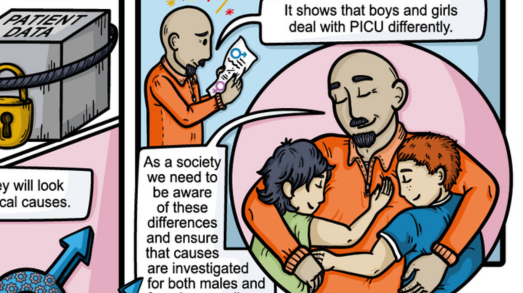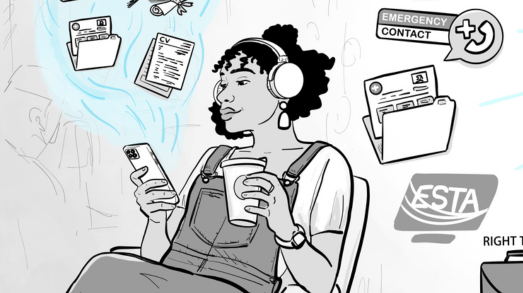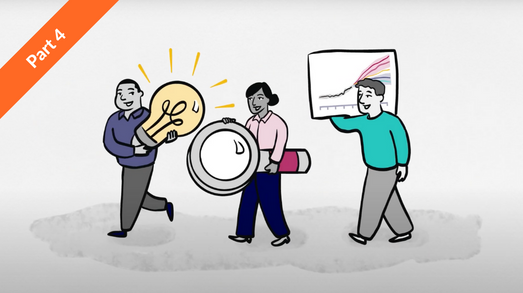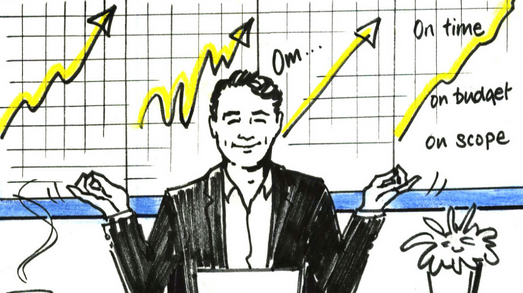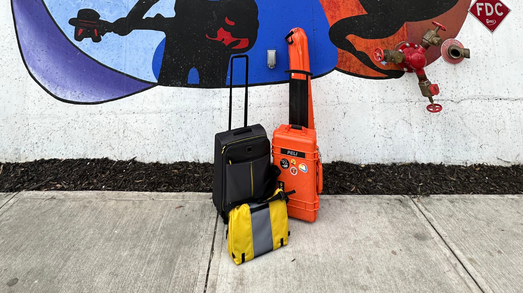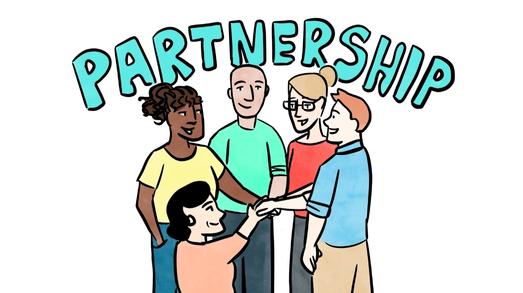I’m in the business of behaviour change.
For the past 20 years, I’ve worked as an executive coach helping business leaders and founders become more impactful and effective. One of the major challenges I face is that the majority of human behaviour is driven by processes deep beneath the level of conscious awareness, while the tools I’m using (conversation, the written and spoken word) are largely processed at a more rational level by the conscious mind.
Research shows that as much as 95% of the brain’s activity happens below the level of conscious awareness. An old but helpful analogy is that of an iceberg, with our conscious, rational mind being the small proportion of our brain which is ‘above the surface’ while the subconscious brain with all its habits, emotions, beliefs, values and biases sits ‘below the surface’. As a coach, if I hope to effect lasting behaviour change in others, I need to find ways to help them access their subconscious minds.
Luckily neuroscientific research into conscious and subconscious processes can point the way. In his book, ‘Thinking Fast and Slow’ neuroscientist Daniel Kahneman refers to subconscious and conscious processes as system 1 and system 2 thinking. Subconscious, or system 1 thinking, is fast, instinctive and emotional. Conscious, or system 2 thinking is slower, more deliberative and more logical. To get a sense of these two systems at work try answering these two questions:
- What do you think the government should do about the decline of the UK high street?
- What do you think of ‘Brussel sprouts?
With the first question, you probably paused for a moment, tried to gather your thoughts about the UK high street, then started to ponder your response. That’s system 2 thinking – slow, deliberative, logical.
With the second question maybe, your immediate thought was ‘Christmas dinner’ or perhaps, if you’re quite strange, you’ll have thought ‘Yummy’! Personally, Brussel sprouts make me gag. As soon as I think of them, I see them in my mind’s eye, my lips curl in disgust, I can almost smell that rotten cabbage bitterness, and I find myself saying ‘Euch!’ out loud. That’s system 1 thinking – fast, instinctive, visceral. Sorry, Brussel sprouts. 😉
Once we start to understand the differences in how subconscious (system 1) and conscious (system 2) processes operate, we can employ ways of working that are more likely to reach those subconscious crevices where the roots of behaviour lie.
While our conscious mind may respond to debate, language, words… our subconscious responds far more powerfully to sensory input, to visual and auditory cues. Say, for example, I’m coaching a leader on gravitas and personal impact. I can talk with them about the importance of body language, tone of voice, gestures, the cadence of speech etc.… OR I can just ask them to imagine they’re a King or a Queen. As soon as we picture a King or Queen in our mind’s eye, we sit a little taller, hold our head a little higher, speak a little slower. The picture we create has triggered a system 1 response and we make myriad tiny changes to our behaviour and thinking as a result.
Visual recall is much stronger than verbal recall, whether those images are in our mind’s eye or in the books/articles/adverts/magazines we read. I read ‘The 7 Habits of Highly Effective People’ over 25 years ago and have since forgotten much of the written content. I still, however, refer to ‘The Fried Egg Circles of Influence and Concern’ with almost every client I work with. That visual has stayed with me decades longer than the ideas that were shared in the text alone.
The power of visuals continues in the boardroom. While those of us who spend our lives in meetings may roll our eyes at the thought of the ubiquitous whiteboard, flipchart and post-it, these are invaluable visual tools. When I first started running workshops about 12 years ago, I would studiously write up everything the team had said and send beautifully formatted notes to participants. They rarely read, let alone remembered them. Nowadays I share photos of the flipcharts we’ve worked on instead. These photos anchor participants back into their memory of the meeting and are a much stronger aide-memoire than my written notes ever were.
In an age where social media and google are profoundly changing the ways in which we absorb information, the importance of visuals in affecting others is on the rise. Increasingly we want our information in bite-sized visual chunks rather than in longhand articles or worthy tomes. A whole infographics industry and the recent Wall St Journal best-selling book ‘The Visual MBA’ attest to this.
Whether you are a consultant, business advisor or executive coach there are myriad ways you can use visual stimulus to be more impactful in your work:
- creating vision or mood boards with your teams
- using images rather than words in your PowerPoint decks
- hiring a graphic facilitator to make your meetings come alive
- covering the walls of your meeting room with post-it notes and doodles
- asking team members to draw rather than write their responses to questions.
One of my favourites is to ask clients to find an image of a leader they really admire and keep it on their desk. When they need to access insight, wisdom, bravery or gravitas they can look at the picture and ask ‘What would Obama/Winston/Oprah/Gandhi/Mandela’ do?
Right now, I’m going to ask Katherine Hepburn which graphic she would use to illustrate this blog post;-) In the meantime, I suggest that, if you really want to impact the behaviour of the people you work with and for, don’t forget the power of visuals.
Stop talking, start picturing.
About Rachel:
Rachel is an executive coach who’s passionate about impacting people who impact the world. She has spent the past 20 years ‘unlimiting’ her clients, who range from founders of fast-growing start-ups to CEOs of global organisations, from high-net-worth individuals to global VCs and fund managers.
In her pre-coaching life she was a music industry entrepreneur – founding 5 successful dance music enterprises with then-partner musician/DJ Carl Cox before her 25th birthday.
You can find out more about Rachel’s work with organisations and leaders at www.achieveunlimited.com and about her work with founders and VCs at www.vctalentlab.com. Connect via www.linkedin.com/in/achieveunlimited/

